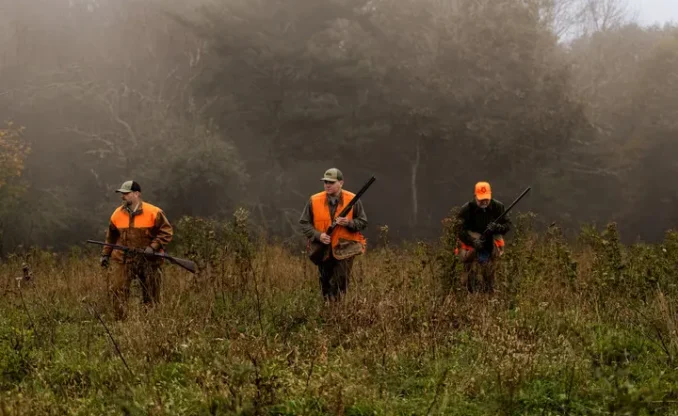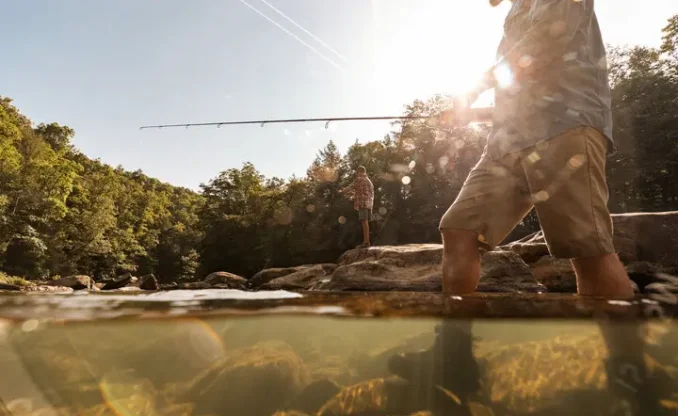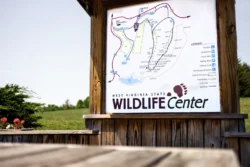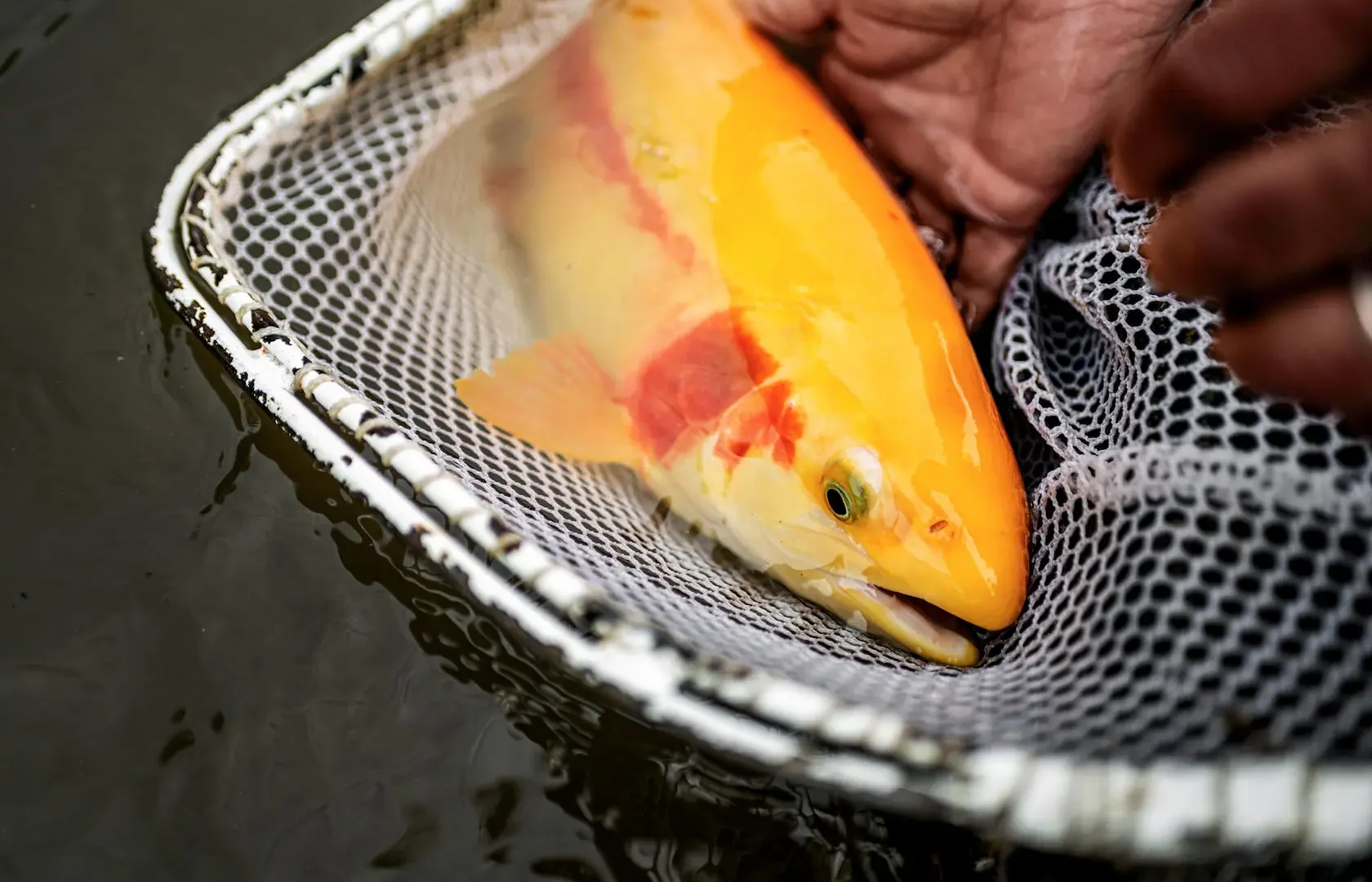Stocking schedules can be found on pages 6 and 7 of the 2025 Fishing Regulations Summary. Daily stocking schedules are not released from any WVDNR office or hatchery prior to stocking events. Stockings are posted by the end of each business day on this page and on the hotline number at 304-558-3399. Missed stockings due to inclement weather are made up by either additional stocking runs or additional fish added to upcoming stocking events.
Hunting
Fishing
Plants & Animals
WV Wildlife Center
April 1 – Oct 31: 9-5
Exit gates close at 6 PM
Nov 1 – March 31: 9-3
Restaurant & Gift Shop hours are 9 AM – 3 PM
Hours are subject to change with weather




